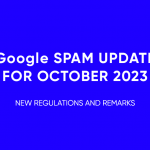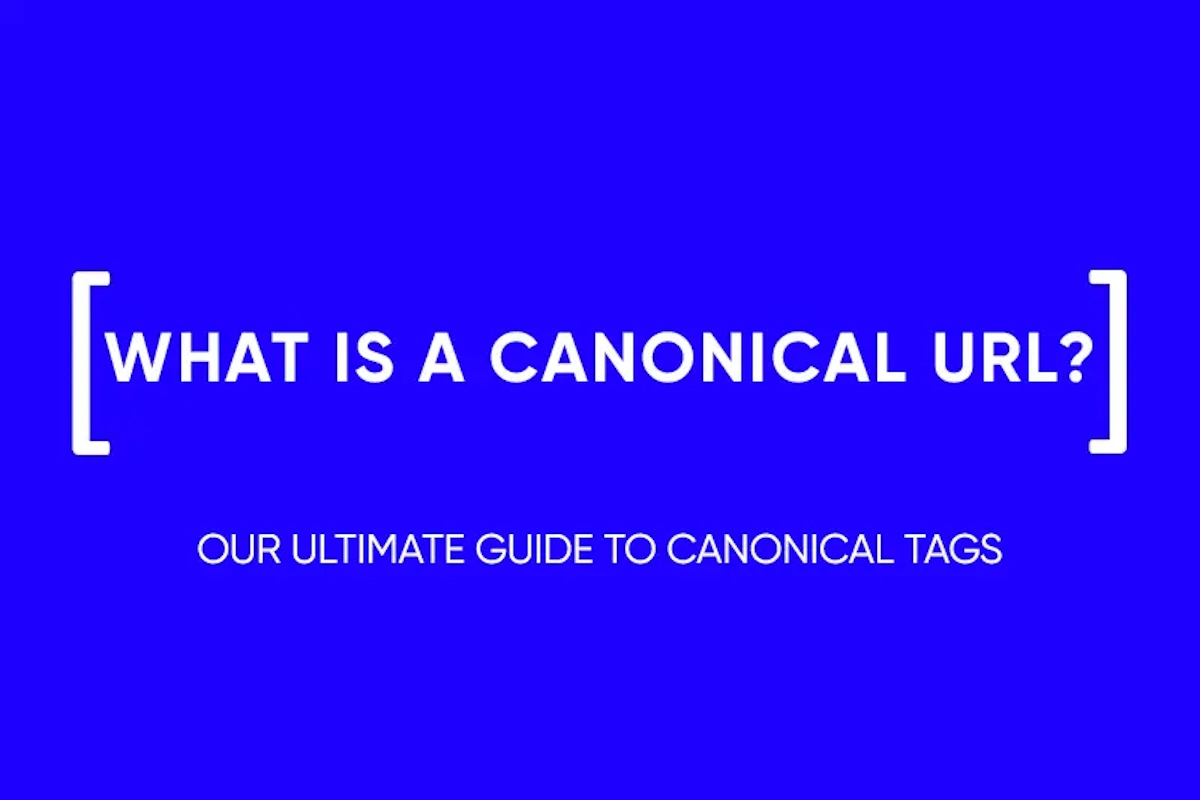User-generated content (UGC) — a guide to getting started
Consumers are constantly sharing, tweeting, and posting, one aspect of digital marketing stands out: user-generated content. But what exactly is user-generated content, and why is it making waves in the world of online advertising and business? As we delve into the nuances of UGC, you’ll discover its significance and how it’s altering the landscape of social media, online marketing, and branding.
What is User-Generated Content (UGC)?
User-generated content, often abbreviated as UGC, refers to any form of content, be it text, videos, images, reviews, or posts, that has been created and shared by unpaid contributors, typically users of a platform or consumers of a brand. Instead of the brand crafting the narrative, the users take charge, sharing their own experiences, stories, and perceptions, thus making the content more relatable and genuine.
UGC is not limited to any one medium or platform. From tweets on Twitter to photos on Instagram, reviews on eCommerce websites to comments on blogs, UGC is everywhere. It’s the review you read before buying a product, the tweet you liked about someone’s experience with a service, and the vacation photos you envied on Facebook. Essentially, UGC is content created by individuals rather than brands, defining and redefining perceptions in the online space.

Why is user-generated content important?
User-generated content isn’t just a buzzword in the world of digital marketing; it holds tangible value for businesses and advertisers. Let’s delve into why UGC is taking center stage in today’s marketing strategies.
Takes authenticity to the next level
In a world where consumers are often skeptical of polished advertisements, UGC serves as a breath of fresh air. Authentic reviews, candid photos, and real experiences provide a genuine touch, often making consumers more likely to trust a brand.
Helps establish brand loyalty and grows community
When consumers share their experiences or create content around a brand, they’re not just interacting; they’re endorsing. This not only fosters brand loyalty but also creates a community of brand advocates.
Acts as a trust signal
As mentioned earlier, UGC acts as social proof. When potential consumers see others vouching for a product or service, they are more likely to trust the brand and make a purchase.
Increase conversions and influence purchasing decisions
Several studies have shown that UGC, especially reviews and testimonials, can significantly increase conversions. After all, a recommendation from a real person holds more weight than a generic ad.
Adaptable and flexible
The beauty of UGC is its versatility. Brands can repurpose user content across different platforms and campaigns, ensuring that the content remains fresh and relevant.
More cost-effective than influencer marketing
While influencer marketing has its advantages, it can be costly. UGC, on the other hand, is often free (or costs significantly less) and can offer similar, if not better, results.
Works in harmony with social commerce
With platforms like Instagram and Facebook integrating shopping features, UGC fits seamlessly, allowing users to see products in real-world scenarios before making a purchase.
Types of UGC

The umbrella of UGC is vast and varied, encompassing a range of content types. Here’s a breakdown:
Social media photos and videos (Visual UGC)
A picture is worth a thousand words, and when users post their own pictures or videos with a product or service, it speaks volumes. Such visual content, especially on platforms like Instagram, Pinterest, and TikTok, showcases products in real-world settings, giving potential buyers a genuine feel of the product.
Customer interviews and case studies
Deep dives into customer experiences provide insights into the actual value a product or service brings. Case studies and interviews showcase tangible benefits and can serve as powerful testimonials.
Recommendations in tweets, groups, or forums
Quick endorsements, shared in tweets or forum posts, provide bite-sized validations of a product or service. These snippets, especially when shared among peers, can significantly influence purchasing decisions.
Customer reviews, testimonials, and ratings
Probably the most common form of UGC, reviews, and ratings on platforms like Amazon, Yelp, or even brand websites serve as primary trust signals. Positive reviews can boost conversions, while negative ones offer brands an opportunity for improvement.
Blog posts or product reviews by experts
When experts in a field take time to review a product or write a blog about it, it offers in-depth insights and establishes authority. Such content is invaluable, especially for products or services that require a deeper understanding.

Where does UGC content come from?
While UGC originates from users and consumers, there are specific segments of this demographic that consistently contribute.
Customers
Individuals who have purchased and used a product or service are the primary sources. Their firsthand experience lends authenticity to the content they create.
Brand loyalists
These are individuals who swear by a brand and continually endorse its offerings. Their repeated interactions and endorsements amplify brand messaging.
Employees
Often overlooked, employees can be potent advocates for a brand. Their inside perspective can provide unique insights, making the content they produce valuable.
UGC creators
With the rise of platforms like Instagram and YouTube, there’s a segment of users specifically dedicated to producing UGC. They may not be influencers per se, but their content is geared towards reviews, unboxings, and tutorials.
How to get user-generated content?
Search for it
Brands can use tools and platforms to track mentions, hashtags, or keywords related to their offerings. Platforms like Brand24 or Google Alerts can help in sourcing UGC.
Create shareable experiences
Whether it’s an immersive pop-up store, a unique online challenge, or an engaging event, creating experiences that users want to share can generate a plethora of UGC.
Ask for it
Sometimes, all it takes is a nudge. Brands can encourage users to share their experiences, leave reviews, or even create content around a campaign or theme.
Run a competition
A tried and tested method, competitions with attractive rewards can prompt users to create and share content in hopes of winning.
Use a platform to aggregate content
Platforms like TINT or Stackla can aggregate UGC from across the web, providing brands with a consolidated view of content being produced related to them.
User-Generated Content Tips Section
In the digital age, user-generated content (UGC) has become a pivotal aspect of marketing strategies. This section provides practical tips and real-world examples to help you leverage UGC effectively. By understanding and implementing these strategies, you can enhance engagement, build trust, and create a more authentic connection with your audience.
- Encourage Authenticity: Cultivate an environment where users feel free to share their genuine experiences with your brand or products. This could be through creating social media hashtags that prompt users to share their real-life moments. For example, a campaign like #MyRealJourney can encourage customers to post about how they use your products in their daily lives, fostering a sense of community and authenticity.
- Leverage Social Media Contests: Engage your audience with creative contests on platforms like Instagram. For instance, you could run a contest where users submit photos of themselves using your product in unique ways. The winner could be featured on your official social media pages, incentivizing participation with the lure of social recognition and prizes.
- Highlight Customer Reviews: Place a strong emphasis on showcasing customer reviews and testimonials. An effective way to do this is by dedicating a section of your website to display the most impactful customer reviews, or by sharing these reviews across your social media channels. This not only provides social proof but also builds trust with potential customers.
- Utilize User Stories: Share compelling stories from your customers about how your product or service has impacted their lives. This can be done through video testimonials or blog posts. For example, a series titled “Customer Spotlights” could feature different customers each month, discussing the positive changes your product has brought to their lives.
- Offer Incentives for Sharing: Encourage users to create content by offering tangible rewards. This could be through a points system where users earn rewards for each piece of content they share about your brand. These points could be redeemable for discounts, special offers, or exclusive products. This not only motivates users to engage with your brand but also helps in spreading word-of-mouth.
Best practices for UGC
User-generated content is undeniably valuable, but to leverage its full potential, brands must approach UGC strategically. Implementing best practices can amplify the benefits while avoiding pitfalls. Here’s a comprehensive guide:
Set goals and plan ahead
Before soliciting or using UGC, brands should outline clear objectives. This can range from increasing brand visibility to driving more sales or fostering community engagement. By setting specific KPIs, such as a targeted increase in website traffic or a particular number of shared user stories, brands can measure the effectiveness of their UGC efforts.
Use different content for different channels
Each social media platform has its own set of audience demographics and preferred content types. What works on TikTok might not necessarily resonate on LinkedIn. Tailor the UGC to match the platform’s audience and medium. For instance, while short-form videos might garner attention on Instagram, detailed user reviews could be more suitable for a brand’s website.
Be clear with your audiences
If you’re actively seeking UGC, provide contributors with guidelines. This might include content themes, preferred formats, or even stipulations about brand representation. A clear brief can streamline contributions and ensure the UGC is consistent with the brand’s image.
Always ask for permission and credit the user
Using UGC without consent can lead to legal complications and damage a brand’s reputation. Before sharing or repurposing content, obtain explicit permission from the original creator. And once you have the green light, always give credit. This not only demonstrates respect for the contributor but also adds a layer of authenticity to the content.

Don’t try to be a hit on every social platform
While it’s tempting to maintain an active presence on every social channel, it’s more effective to concentrate on a few platforms that resonate most with the brand’s target audience. For instance, a B2B software provider might find more value on LinkedIn and Twitter rather than Snapchat.
Showcase positive content and use negative content to improve
Positive UGC can serve as effective endorsements, but negative feedback offers an equally valuable opportunity. Instead of shunning or ignoring unfavorable reviews or comments, brands should acknowledge them, address the issues, and use them as a roadmap for improvement.
Regularly update and refresh UGC
Stale content can deter user engagement. Regularly updating UGC—whether on a website, social media, or other platforms—ensures that the brand remains relevant and resonates with the current sentiments of its audience.
Collaborate with UGC creators
Identify individuals who produce high-quality UGC related to your brand and consider forging collaborations. This can range from featuring their content more prominently to setting up partnerships where they become brand ambassadors or contribute regularly.
Monitor UGC for brand compliance
While UGC is organic and genuine, it’s essential to ensure that it aligns with brand guidelines and doesn’t inadvertently violate any norms or standards, especially if the brand operates in a regulated industry.
How to embed UGC on any website
Embedding UGC on a website can boost credibility and increase user engagement. Here’s how:
- UGC Platforms: Tools like Yotpo or Curalate offer easy solutions to aggregate and embed UGC onto websites.
- Embed Codes: Platforms like Instagram or Twitter provide direct embed codes for posts that can be integrated into the website’s HTML.
- Custom Galleries: For brands looking for a more tailored approach, custom galleries using APIs of social platforms can be developed, showcasing selected UGC.
- Testimonials & Review Sections: Integrate sections on product pages where users can read and post reviews, adding credibility to the product.
Conclusion
User-generated content stands at the forefront of digital marketing in 2024. Its authentic, relatable nature coupled with the vast expanse of content types and sources make UGC an invaluable tool for brands. From building trust to influencing purchase decisions, UGC has reshaped how brands interact with their audiences. As the digital landscape continues to evolve, brands embracing UGC will undoubtedly have an edge, creating genuine, lasting connections with their consumers.
For those keen on delving deeper into online marketing strategies, you might find this article on affiliate marketing in 2024 beneficial. Similarly, understanding the nuances of SEO for betting and gambling can offer insights for niche marketers.
and stay up-to-date with the latest news about our platform and affiliate marketing.




